Tape Delay: What it Is and How to Get the Sound
All about tape delay and an interview with Echo Fix.
Tape Delay is one of the oldest audio effects, and yet has a character of its own that’s still in demand today. Here’s everything you need to know about tape delay, including an interview with Echo Fix.
Tape Delay
The Birth of Tape Delay
In the not-so-distant past, the only way to add a sense of space to a musical production was to record it in a large space and capture the natural reverberations and echoes. It wasn’t long, however, before clever engineers and producers were using tape to bring in excitement and interest. This was the birth of tape delay, a now classic method of creating artificial echoes that’s more popular than ever.
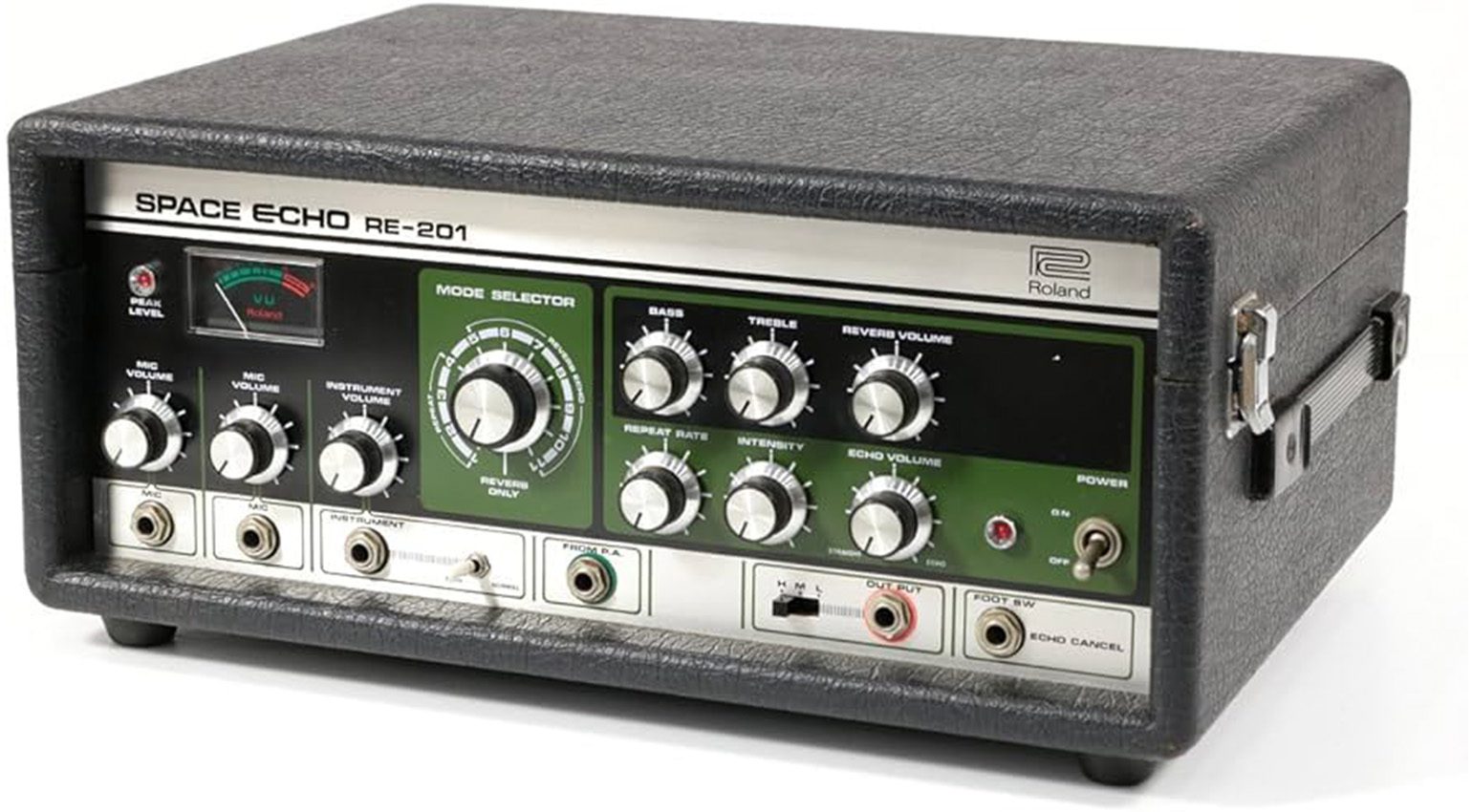
Let’s take a look at how tape delay developed over the years as well as how you can bring some tape magic to your productions, no matter your budget.
Tape Delay: What Is It?
Tape delay is largely what it sounds like. It’s a physical device that uses magnetic tape to create artificial echoes. Tapes are generally formatted into loops. This loop passes over record, playback and erase heads. There can often be multiple playback heads, creating multi-tap delays. By controlling the speed of the playback, you can generate faster or slower delays. There’s also often a feedback amount, which specifies how much of the delayed signal is re-recorded.
Modern digital delays use basically the same system. The difference with tape delay is that the signal is analogue. Because of the medium of tape, the delayed signal is often thought of as warm and round. The presence of moving parts creates imperfections in the playback, such as wow and flutter, small irregularities in playback speed that affect the pitch.
Tape Delay: Rewind the History
The first use of tape-generated delay goes back to the 1950s, when experimental musique concrète artists like Pierre Schaeffer employed homemade tape loops and multiple machines to create delays (a technique later made famous by Robert Fripp and his Frippertronics). In popular music, Sam Phillips used a similar setup to get a slapback echo effect, which he used on recordings made at Sun Studios.
Tape Delays Hit The Market
It didn’t take long before people started manufacturing tape delays. The first commercially available one was Ray Butts’ EchoSonic in 1952, which came as part of a guitar amplifier. In 1958, the Watkins Copicat appeared. A dedicated effect unit, it was simple, bordering on crude, but offered selectable, multiple heads. The Copicat could be considered to be the first multi-tap delay, although we’ll leave you to fight that point out in the comments!
The following year, the Echoplex debuted. Often called the tape delay standard, it added a moving head, allowing the operator to adjust the delay speed. In contrast to the Copicat, it was only a single-head machine, so no multi-tap echoes here. However, the ability to easily adjust the delay time in real-time was a major plus point, as was the use of a longer tape loop in a self-contained cartridge.
Now, if only someone could fuse the best parts of a Copicat and an Echoplex into one unit…
Send Him To Outta Space
The Copicat and Echoplex may have set the initial foundations and standard, but Roland perfected it. In 1974, the Japanese company began the Space Echo line. Although not their first tape delay, the RE-101 and (most famously) RE-201 Space Echo machines replaced the tape loop reel with a free-running tape transport system. This cut down on tape wear, noise and wow and flutter, and made them extremely reliable, which is exactly what gigging musicians wanted. They also sounded incredible, with a warm and musical tone that is still highly regarded today. Incredibly, the RE-201 stayed in production until 1990.
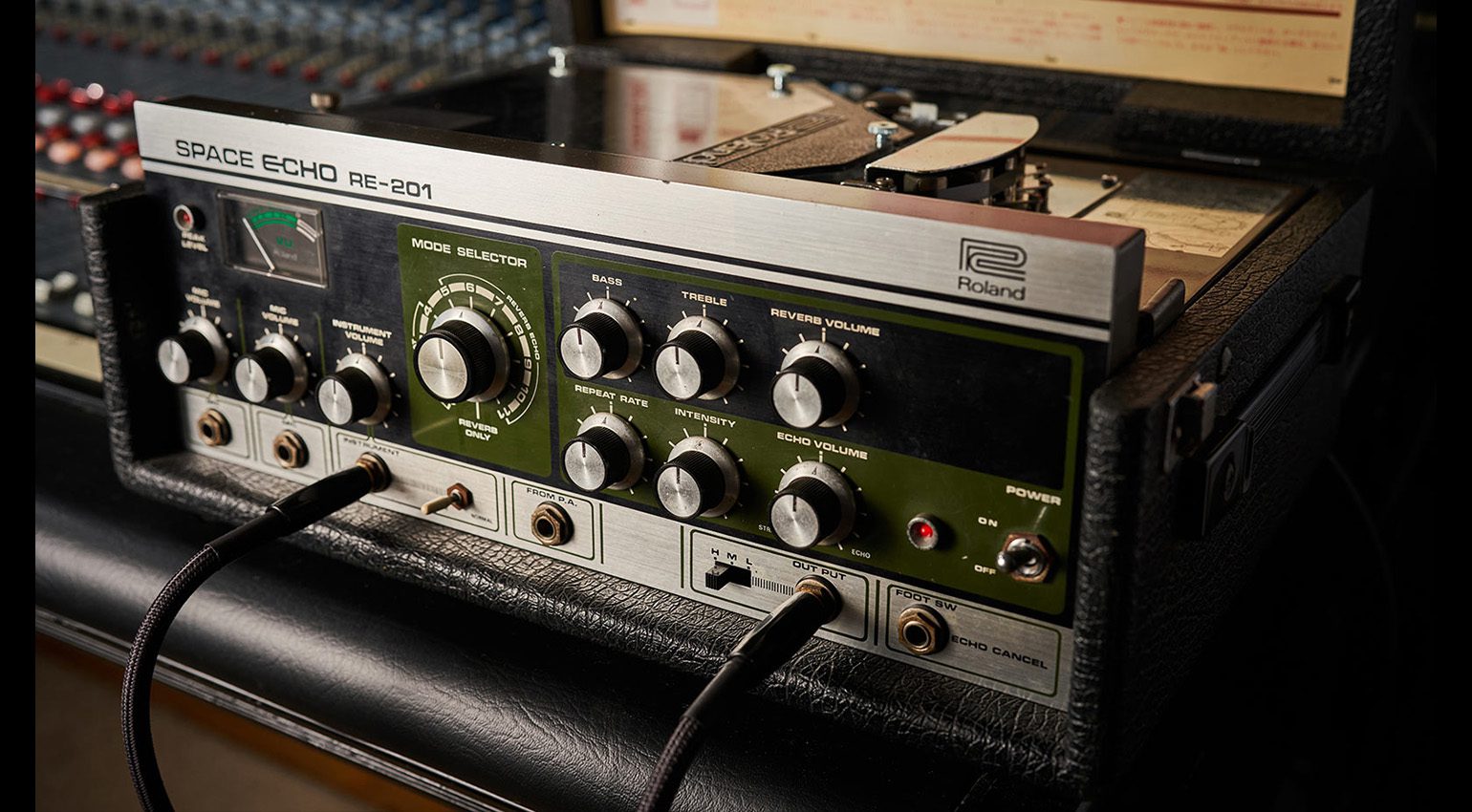
Roland’s Space Echo series (which also included the RE-301 and RE-501, both with chorus) was highly prized by musicians of the time. Reggae legends Bob Marley and Lee “Scratch” Perry caned them, as did Radiohead, Portishead and, more recently, classical composer Nils Frahm.
While Roland doesn’t make tape delays anymore, their subsidiary Boss offers a few digital recreations. Well-regarded, they can give you some of that tape-style goodness without the hassle of maintenance and repair, something that old tape delays are notorious for.
Equally, Universal Audio offers the Galaxy ’74 Tape Echo and Reverb, which is another superb digital, hardware recreation of the original RE-201.

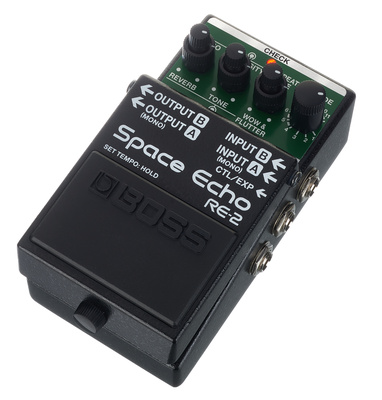

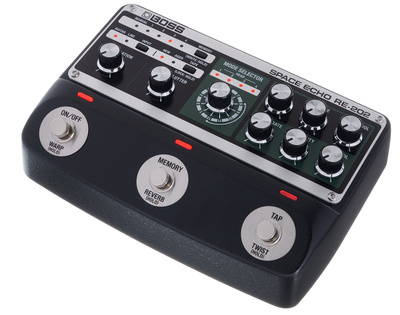

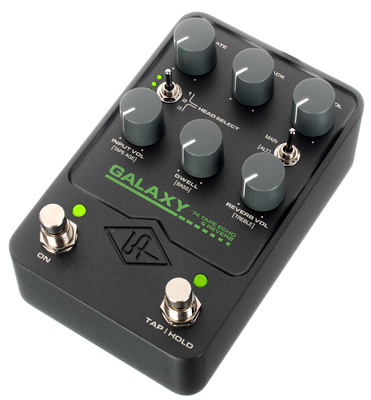
Echo Fix: Bringing Tape Back
With tape delay being so popular, you would think there would be more outfits making new ones. It remains a rather under-supported niche in the effects world, though. One company that is making new delays, however, is Australia’s Echo Fix. As the name suggests, they started out fixing them but have now added brand new tape delays to their business model – and the response has been overwhelmingly positive.
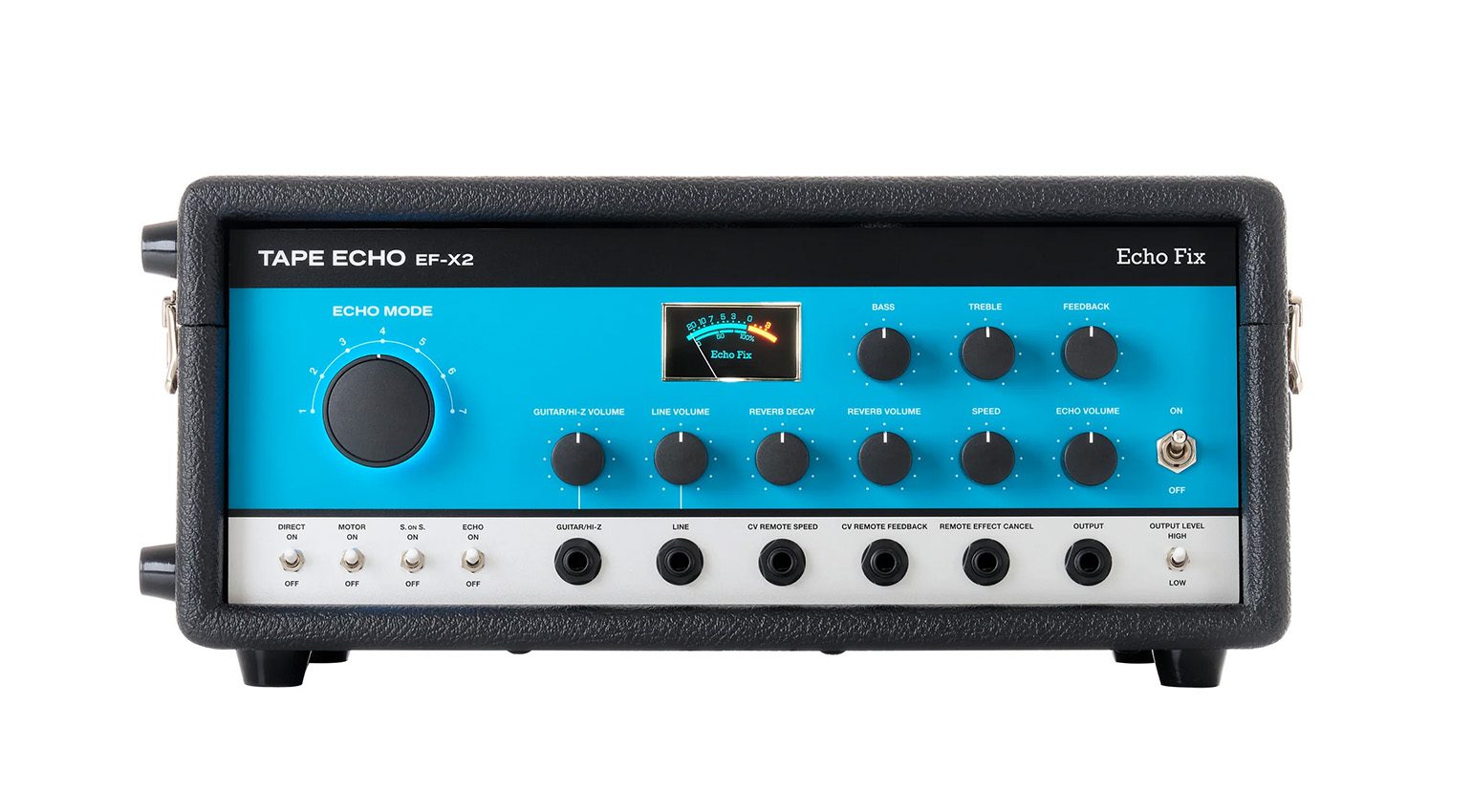
We caught up with Shane Fritsch, the director of Echo Fix, to find out more.
Gearnews: What is it that makes tape delays so special?
Shane Fritsch: Tape delays have a warm sound, with each repeat being slightly different due to variations in the tape binder, tape speed, etc. The signal also saturates with a mild distortion that is pleasing to the ear. They are very tactile and encourage exploration which can lead to ‘happy accidents’ in your music.
GN: Is there anything people need to be aware of when buying vintage units?
SF: As vintage tape echo have lots of moving parts they need to be serviced every three to five years with a new rubber roller, felts and tape loop. Tape tension and bias needs to be checked as well. After many years of use the heads may need to be lapped and realigned.
GN: Why did you decide to make new tape delay units?
SF: For years we made spare parts for vintage tape echoes, and finally decided to design our own. We saw a need for a new, more reliable tape echo with a modern feature set.

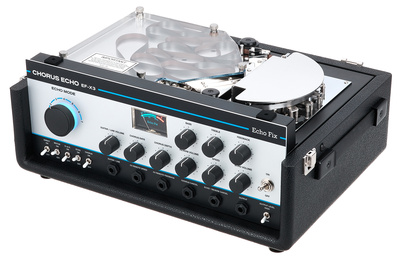

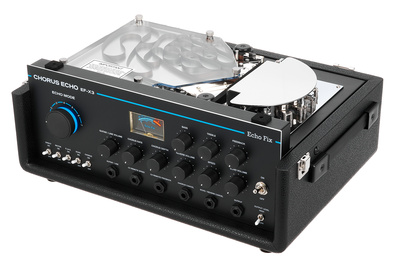

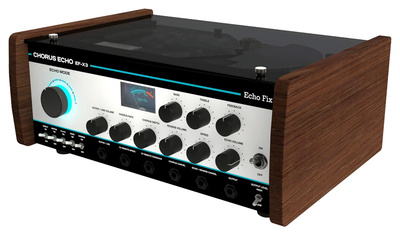

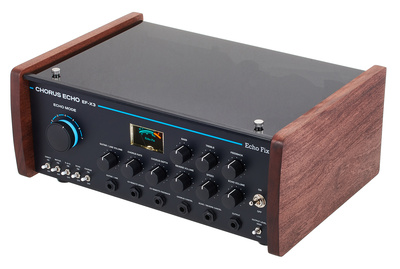
Tape Delay In A Modern Studio
Tape delay is such a lovely effect; it can benefit pretty much any musician or producer, no matter the genre you work in. I myself am the proud owner of an RE-301 Chorus Echo and it really is the bee’s knees. The saturation, as Shane mentioned, is exceedingly lovely. The preamps are also fantastic – Space Echo units have long been a secret weapon for vocal production.
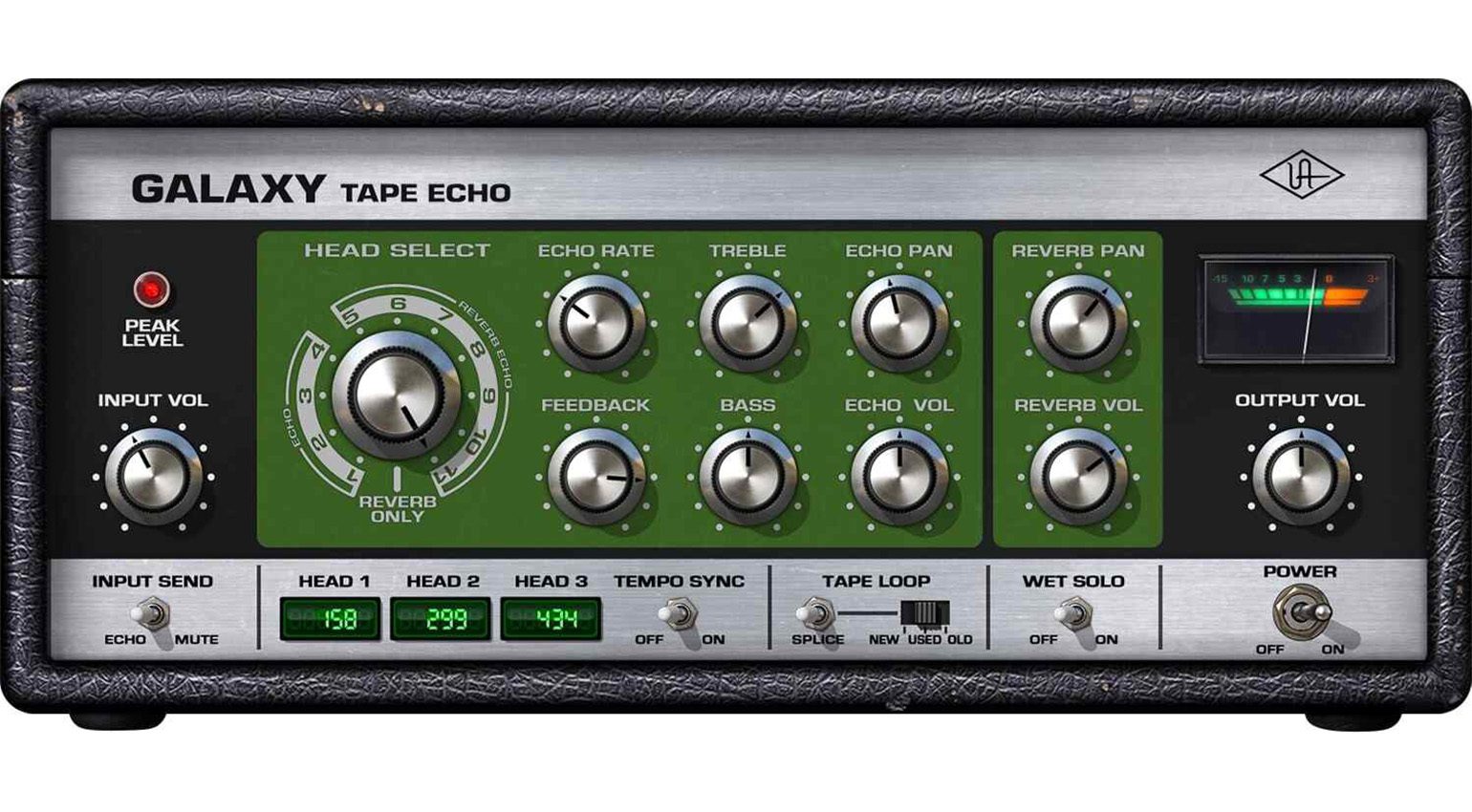
Not everyone will want or need a physical tape delay. Whether new or old, there’s always an ongoing expense (plus the space to keep it). However, there are a number of excellent plugin versions as well. Universal Audio’s Galaxy Tape Echo is fantastic, while Audio Thing’s Outer Space is affordable and has bags of character.
No matter the method you choose – hardware or software, tape or digital – you really do deserve some tape in your musical life.

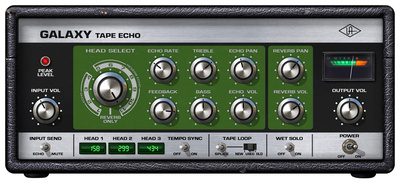
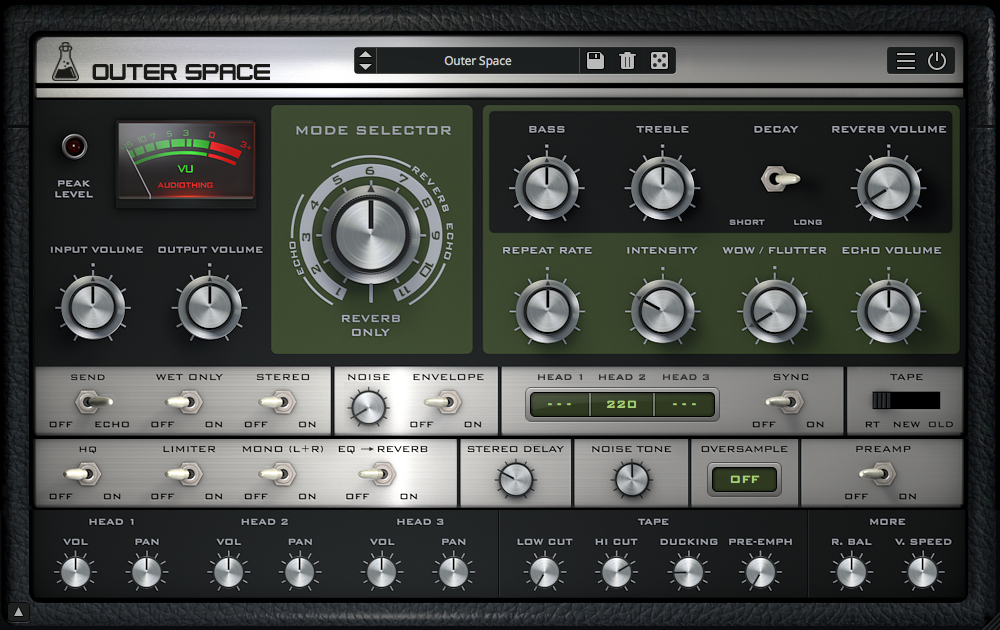
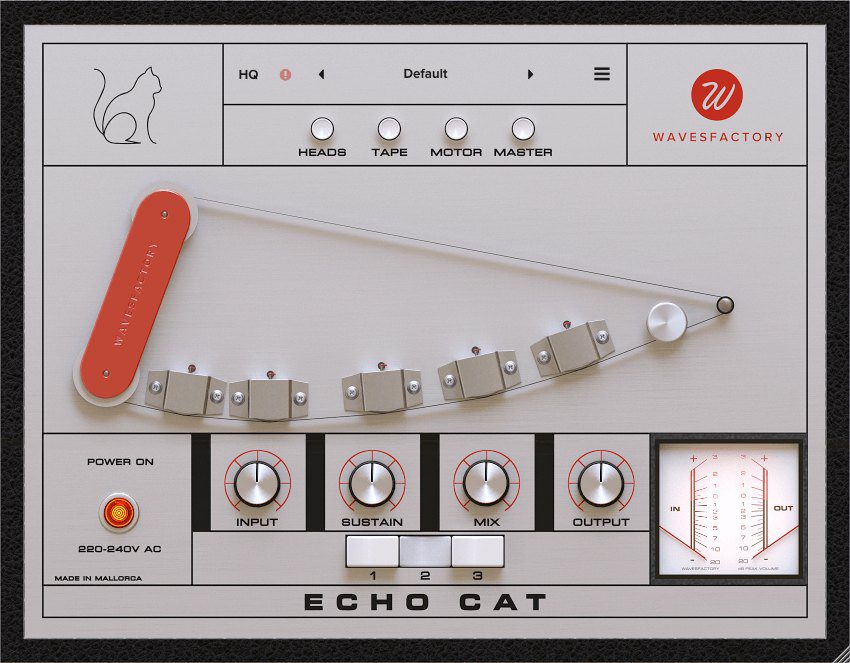
More Information
*Note: This article contains advertising links that help us pay for this site. Don’t worry: the price for you will always be the same! If you buy something through these links, we will receive a small commission. Thank you for your support!
One response to “Tape Delay: What it Is and How to Get the Sound”

 3,1 / 5,0 |
3,1 / 5,0 | 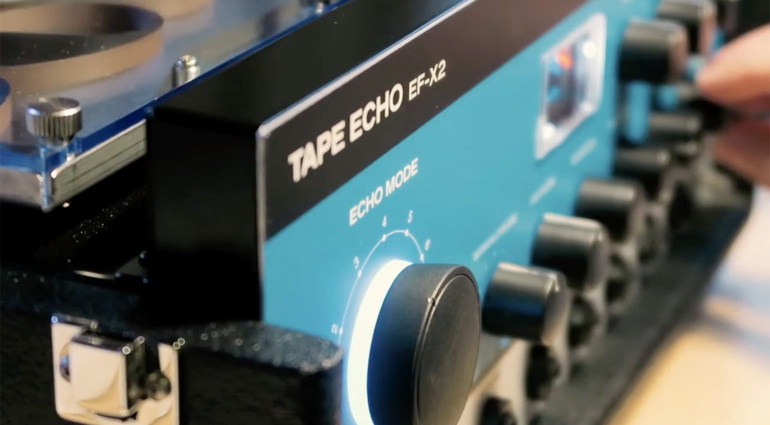





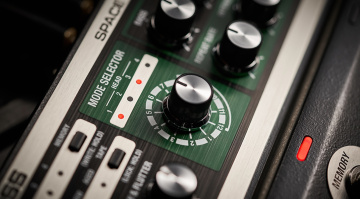
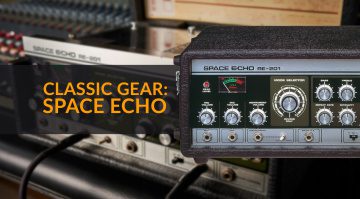



I worked with a producer who owned an RE 201. It sounded so amazing he had to stop me from using it on every track.
I think the UA pedal and plugin are the only digital emulations I haven’t tried, I will check them out.
None of the plugins I’ve tried have sounded like the 201. I enjoy many Audio Thing effects but Outer Space sounds like a bucket of ball bearings. I think the Space Echo is just one of those pieces of gear that is very difficult to emulate.